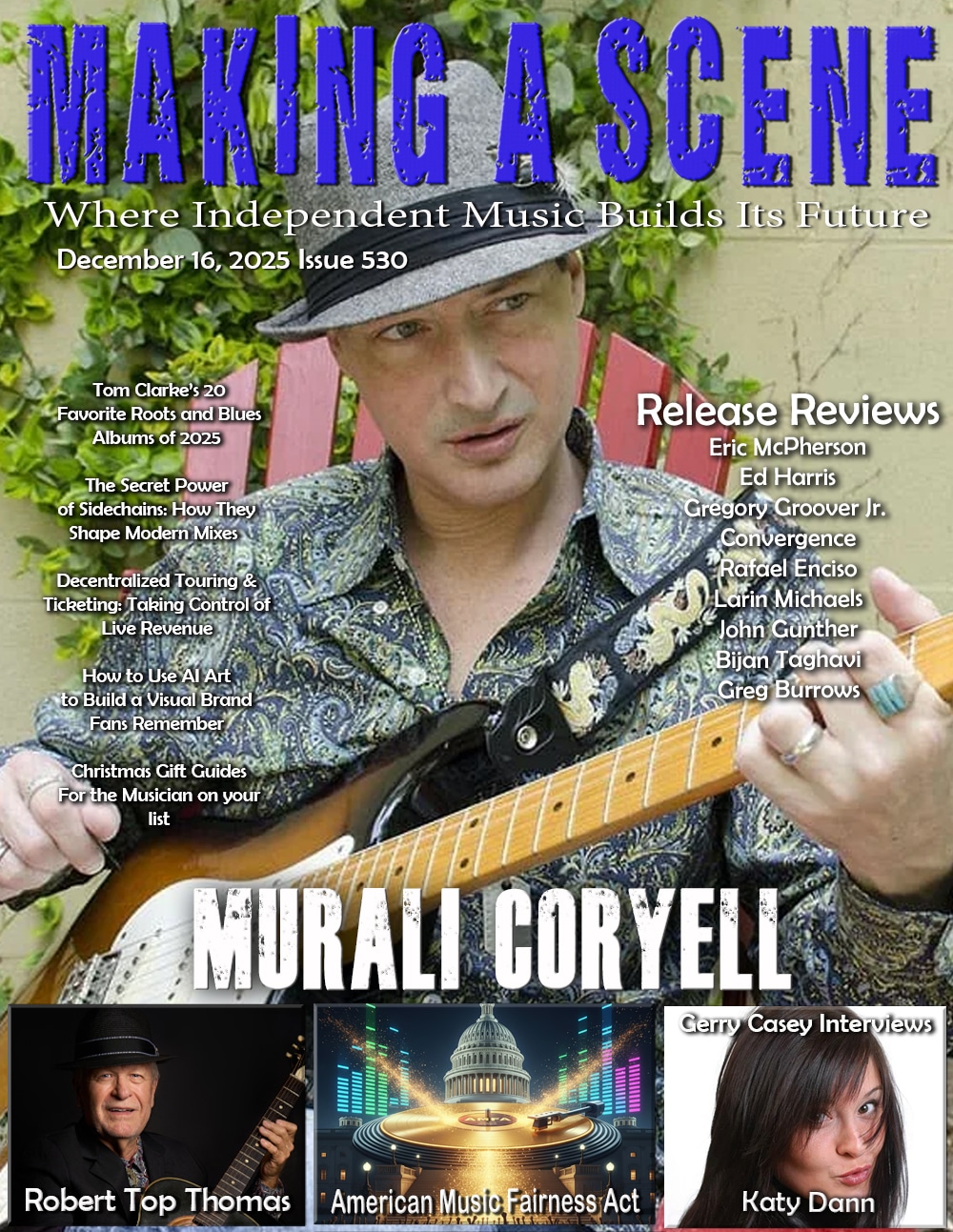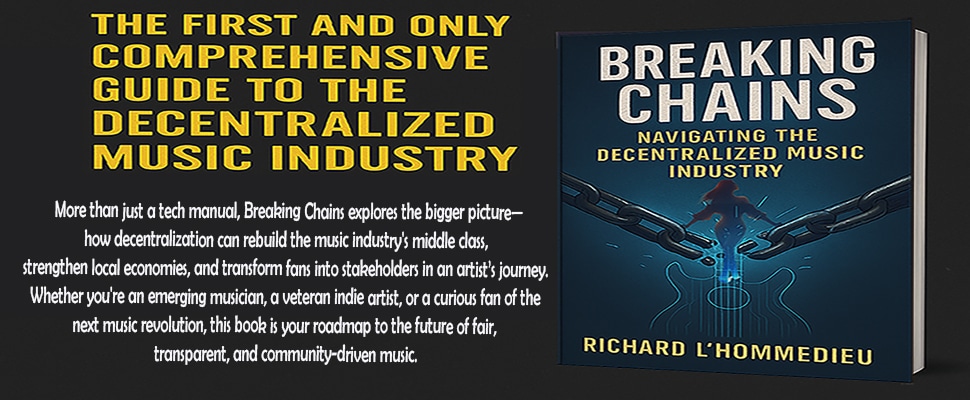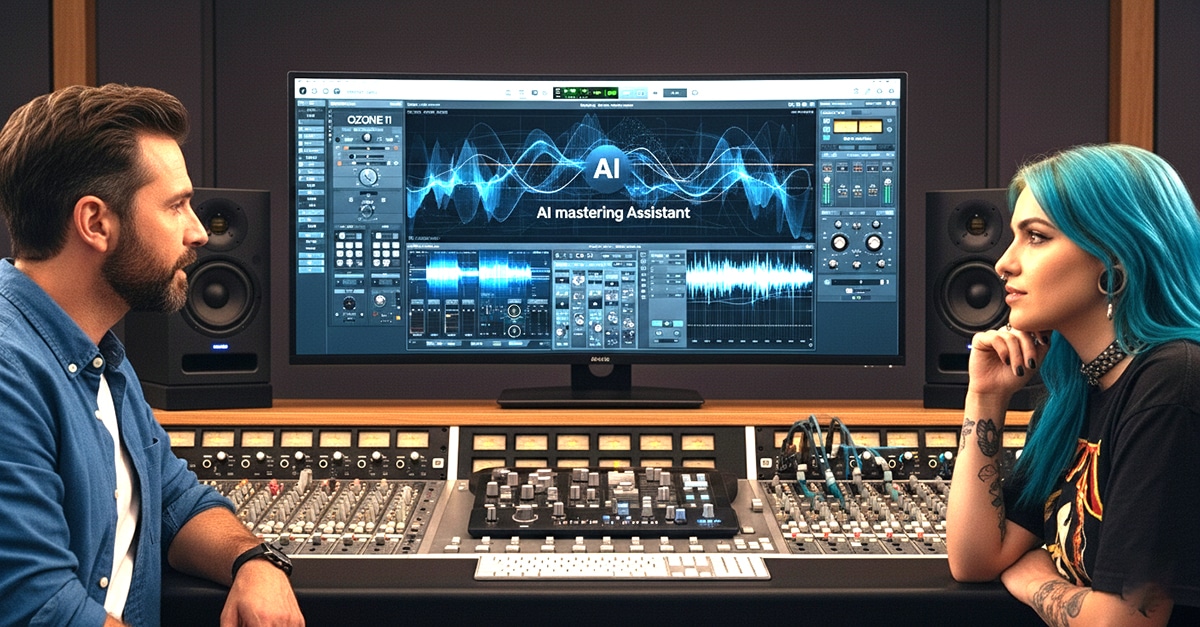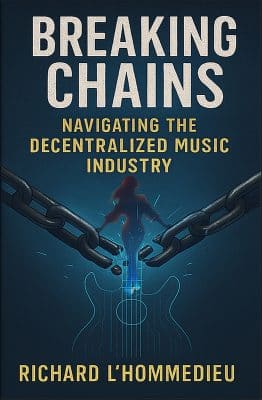The Future of Mastering: How AI Helps Indie Artists Get a Radio-Ready Sound
Making a Scene Presents – The Future of Mastering: How AI Helps Indie Artists Get a Radio-Ready Sound
If you’re an indie artist today, you can finish a song at noon and have it streaming everywhere by dinner. The last step between your mix and the world is mastering. Mastering makes your track sound clear, consistent, and “finished” on phones, car speakers, club PAs, and yes—on radio. For years that meant hiring a mastering engineer. Now, AI mastering tools promise fast, affordable results. So which should you use?
This article breaks it down in plain language. We’ll compare automated AI mastering and hiring a pro, explain how modern AI “learns” from decades of great masters, show when AI is good enough and where it might fall short, and talk real costs so you can choose smartly. We’ll also give you a step-by-step tutorial for iZotope Ozone 11’s Master Assistant, one of the most popular AI-assisted mastering tools.
To make this practical, we’ll reference the exact apps and sites mentioned, and we’ll include their URLs right here in the text.
What mastering actually does (and what “radio-ready” really means)
Mastering is the final polish after your mix. It balances your tone (EQ), controls dynamics (compression and limiting), sets final loudness, and checks translation so your music sounds solid on different speakers. “Radio-ready” means more than just loud. Radio chains add heavy multiband compression and limiting so every song on a station stays consistent to the listener. If your master is already over-smashed or has harsh peaks, the radio processors can make it pump, splatter, or distort. Good mastering aims for clarity, stable tone, controlled peaks, and strong but not brittle loudness so it survives the extra squeeze of broadcast processing.
Streaming is different again: platforms use loudness normalization so tracks play at similar perceived volume. A smart master keeps true peaks in check and aims for healthy loudness without crushing dynamics, so normalization doesn’t dull your song. iZotope’s mastering resources go deep on this, and their Master Assistant presets even assume streaming normalization when you choose a “Streaming” target.
How AI mastering works (and why it can sound like experience)
Modern AI mastering tools don’t just slap on a preset. They “listen” to your track, analyze its spectrum (tone), dynamics, stereo width, and loudness, then build a chain that nudges your song toward a proven target curve or a reference track.
iZotope Ozone 11 (https://www.izotope.com/en/products/ozone) uses an AI-powered Master Assistant that sets up modules and aims your song at a defined target. It can also match the sound of a reference master you choose—tone, dynamics, width—inside Ozone’s Assistant View.
Audiolens (https://www.izotope.com/en/products/audiolens) is a free companion app that “listens” to any song playing on your computer—even from streaming services—and stores its tonal “fingerprint” as a target for Ozone 11. That means the “experience” comes from studying countless great masters and capturing their balance, so the AI can guide your song toward those benchmarks.
Under the hood, this idea isn’t new. Earlier Ozone versions described genre-based target curves and unique per-song targets, built by analyzing your audio against style libraries. The exact algorithms have evolved, but the core is the same: learn from lots of successful masters and use that knowledge to shape new ones.
AI mastering vs. hiring a pro: the real trade-offs
Speed and convenience. AI mastering is instant. You can upload or run a plugin and have results in minutes. That’s perfect for demos, beat packs, quick singles, or iterative releases. Human mastering takes longer because there’s listening, note-taking, back-and-forth, and revision time—but that time can equal better results for important releases.
Cost. AI mastering is cheap. LANDR (https://www.landr.com/online-audio-mastering) offers pay-per-master and subscriptions; recent reviews list £9.99 per master or plans from roughly $12–$25/month for varying limits, and a separate plugin license for in-DAW use. eMastered (https://emastered.com) lists yearly billed plans that work out to ~$13–$19/month for unlimited masters, with a month-to-month option around $39. BandLab Mastering (https://www.bandlab.com/mastering) lets you master tracks for free inside BandLab. These numbers move, but the point stands: low monthly fees or a few dollars per track.
Hiring a pro varies widely. Big-name rooms like Abbey Road’s remote service (https://www.abbeyroad.com/online-mastering) start around £90–£100 per track and go up depending on engineer and deliverables. Many indie mastering engineers charge in the $70–$150 per-song range, more for attended sessions or vinyl pre-masters.
Consistency across an album. A human brings taste and narrative. If your album flows from intimate ballad to heavy hitter, a human will shape transitions and loudness song-to-song so the record feels cohesive. AI treats each file on its own unless you work around this with careful referencing.
Creative intent and feedback. A good mastering engineer gives feedback about your mix—“kick masking the bass,” “de-ess the vocal at 6–8 kHz,” “toms are booming around 200 Hz.” Fixing the mix can beat fixing it in mastering. AI can’t hear your story or ask questions. A human can.
Edge cases and technical delivery. Vinyl, broadcast deliverables, MFiT legacy specs, DDP creation, ISRC embedding, stems mastering, restoration of noisy live tracks—humans still shine on tricky work. AI is getting better fast, but if your material is messy, a pro’s judgment and tools (and room) matter.
Up-to-date translation for radio. FM/AM and digital radio chains use heavy multi-band compression and limiting to standardize loudness. A human engineer can pre-shape your audio so it “lands” better after the station’s processor. If you master too hot and dense, the station’s Optimod-style box can make it small and crunchy; a pro understands that interaction.
Where AI mastering is “good enough” (and a smart choice)
AI is excellent when you need speed, when the mix is already solid, and when budget is tight. Singles going straight to streaming often do great with AI, especially if you reference a track you love and sanity-check on multiple speakers. Many artists use AI to test balances during mixing, then either release or send the AI version as a “direction” to a human mastering engineer. For quick releases, micro-EPs, YouTube content, remixes, beat tapes, or demos for sync pitching, AI is a practical win. LANDR, eMastered, BandLab, Masterchannel (https://masterchannel.ai/) and others can all get you over the finish line fast.
Another smart use: hybrid workflow. Use AI to get a competitive starting point, then tweak. iZotope Ozone 11 (https://www.izotope.com/en/products/ozone) lets you take the AI chain and adjust EQ, compresson, the Maximizer, or its Stabilizer module by ear. You get the best of both worlds: a learned target plus your musical judgment.
Where AI mastering can fall short
AI can miss context and intent. If your song lives on micro-dynamics—a vocal that blooms, a jazz trio’s airy feel—an aggressive AI limiter might make it tidy but smaller. If your mix has problems (ringing resonances, midrange clutter, harsh sibilance), AI might “average” toward a target instead of telling you to fix the source. On an album, AI won’t read your track order or narrative arc unless you micromanage references.
Broadcast and vinyl are special. Radio adds its own heavy processing. A master that’s “perfect” for streaming can feel too pinched on broadcast. Vinyl needs conservative low-end management, stereo bass control, and careful mid/side decisions so the cut tracks cleanly. These cases still reward a human ear.
Finally, not every AI service stands still. For example, CloudBounce (previously https://www.cloudbounce.com) shut down in 2025; its AI mastering lives on inside FL Studio’s AI Mastering (https://www.image-line.com/fl-studio-news/ai-mastering) and FL Cloud (https://www.image-line.com/fl-cloud). If you relied on CloudBounce, FL Studio now offers a built-in AI mastering option during export.
Costs today (quick reality check)
As of August 31, 2025:
• LANDR (https://www.landr.com/online-audio-mastering): pay-per-master options around £9.99 and subscription tiers; plugin available for in-DAW use.
• eMastered (https://emastered.com): yearly billed plans that can work out to ~$13–$19/month for unlimited masters; month-to-month around $39.
• BandLab Mastering (https://www.bandlab.com/mastering): free online mastering and distribution tools inside BandLab.
• Masterchannel (https://masterchannel.ai/): popular AI option with à-la-carte and subscription offerings; some distributors advertise ~$5 per song promos.
• iZotope Ozone 11 (https://www.izotope.com/en/products/ozone): Standard and Advanced editions (plugin/standalone) so you can master in your DAW with AI assistance.
• Pro mastering (example): Abbey Road Online Mastering (https://www.abbeyroad.com/online-mastering) lists online rates starting around £90–£100+ per track, depending on engineer and deliverables. Many indie pros quote ~$70–$150 per track.
Prices change and promos pop up, but the big picture is clear: AI mastering is typically a few dollars per track or a modest subscription; hiring a person ranges from the low hundreds upward depending on who you hire and what you need.
How to choose—by scenario
If your song is a standalone single for streaming and your mix is clean, AI can be a great choice. Use a reference track you love via Audiolens or inside your mastering tool, compare on multiple speakers, and release. If you’re delivering a key single to radio push, cutting vinyl, or finishing an album/EP you want to live for years, it’s smart to budget for a human mastering engineer. If funds are tight, do a hybrid: AI for drafts and direction, then book a human for final.
Remember that radio stations add their own processing. Masters that are too smashed can suffer on air. Keep true peaks under control, avoid brittle high-end, and leave a little room for the broadcast chain to do its job.
Step-by-step: Using Ozone 11’s Master Assistant
Below is a practical, beginner-friendly walkthrough for iZotope Ozone 11 (plugin or standalone). Ozone 11: https://www.izotope.com/en/products/ozone. If you want to feed it a specific commercial reference, grab Audiolens (free): https://www.izotope.com/en/products/audiolens.
Step-by-step tutorial
-
Put Ozone 11 on your stereo master bus in your DAW, or launch Ozone 11 in standalone and open your premaster WAV.
-
Click Master Assistant to open Assistant View.
-
Pick your Destination. For releases going to streaming, choose Streaming so Ozone aims for normalized, platform-friendly playback and sets a conservative true-peak ceiling. For club playback, choose DJ Player; for CDs, choose CD.
-
If you have a target reference, load it. You can drop in a local file or use Audiolens to capture any streaming track and send that target to Ozone’s Target Library.
-
Start playback at the loudest section of your song and press Start. Let Ozone listen through a representative section while it analyzes your tone, dynamics, and width.
-
When the chain appears, press play. Ozone builds modules (EQ, dynamics, Maximizer, Stabilizer, etc.) and dials in starting settings based on your track and the target.
-
Use the Amount or individual module sliders to fine-tune how hard the Assistant’s moves hit.
-
Open the Maximizer and use Learn Threshold (if available) to let Ozone set loudness automatically to the target; keep True Peak limiting on for streaming and a ceiling around -1.0 dB to avoid inter-sample peaks.
-
Toggle Bypass and compare before/after at matched level. If the master feels too bright or dull, use Stabilizer and EQ to nudge tone.
-
Check the Imager or width controls cautiously—wide can be exciting, but too much can weaken mono compatibility.
-
If something in the mix pokes out, try Stem Focus (Advanced) to target problem areas without reopening the mix.
-
Level-match again, listen on headphones, small speakers, and a car if possible.
-
Export at your distributor’s specs (e.g., 24-bit WAV, sample rate matching your session).
-
For radio service copies, keep peaks controlled and dynamics musical; send a clean 24-bit WAV, and don’t over-limit.
Ozone’s own learning resources explain that the “Streaming” target assumes loudness normalization and sets a conservative true-peak ceiling (commonly around -1 dB), which helps avoid codec overs. Their Master Assistant articles also show how to match references and use the Assistant View to adjust tone and dynamics after analysis.
Popular AI mastering options and where they fit
LANDR (https://www.landr.com/online-audio-mastering) is the most famous “upload and go” option with subscriptions and à-la-carte masters, plus a DAW plugin if you want the same engine in-session. eMastered (https://emastered.com) offers unlimited mastering under subscription. BandLab Mastering (https://www.bandlab.com/mastering) is free and fast. Masterchannel (https://masterchannel.ai/) is another highly regarded choice, and some distributors partner to offer low per-track pricing. If you’re in FL Studio, AI Mastering is now built in under File > Export > Master, with enhanced options via FL Cloud (https://www.image-line.com/fl-studio-news/ai-mastering and https://www.image-line.com/fl-cloud).
If you’d rather master inside your DAW with deeper control, Ozone 11’s Master Assistant gives you an AI starting point you can shape by ear. It’s not a one-click black box; it’s a coach that sets the chain, then hands you the knobs. That’s powerful for learning and for speed.
When to hire a human
If this is a flagship single, a vinyl release, a whole album, or anything where long-term impact matters, a human mastering engineer is a great investment. You’ll get experience, taste, translation on many systems, song-to-song consistency, and real feedback about your mix. Big rooms like Abbey Road (https://www.abbeyroad.com/online-mastering) are an option, and so are many excellent indie engineers you can book remotely. Expect thoughtful revisions and deliverables like DDP for CD or vinyl pre-masters done to spec.
A simple plan that works
Use AI early and often. While mixing, run quick AI masters to check translation at realistic loudness and spot issues. When you’re close, use Ozone 11’s Master Assistant with a trusted reference. If the track is a casual single or a content drop, ship it. If it’s a tent-pole release, book a human mastering engineer and send your best AI version as a “direction” along with a few references. You’ll save time, communicate clearly, and get a master that holds up on streaming and on radio.
Final notes on radio vs. streaming
Radio chains often add multiband compression and limiting to make every song consistent. If you aim for a super-hot, brickwalled streaming master, radio processing can flatten it even more. To stay “radio-ready,” keep true peaks under control, balance your tone, and don’t crush your transients. Let the station’s processor do its job without fighting it. For streaming, assume loudness normalization and keep true-peak ceiling conservative (around -1 dB) to avoid codec overs.
Sources and app links mentioned
-
iZotope Ozone 11: https://www.izotope.com/en/products/ozone (Ozone 11 features & pricing).
-
iZotope Audiolens: https://www.izotope.com/en/products/audiolens (Reference any track; feeds Ozone 11 targets).
-
How to Master a Song (Ozone guide): https://www.izotope.com/en/learn/how-to-master-a-song-from-start-to-finish (Reference matching with Master Assistant).
-
Mastering for Streaming (loudness normalization): https://www.izotope.com/en/learn/mastering-for-streaming-platforms.
-
LANDR Online Mastering: https://www.landr.com/online-audio-mastering (Pricing examples in review roundup).
-
eMastered: https://emastered.com and pricing FAQ:
-
BandLab Mastering: https://www.bandlab.com/mastering.
-
Masterchannel: https://masterchannel.ai/ (also referenced by distributor promos).
-
CloudBounce closure and FL Studio AI Mastering: https://app.cloudbounce.com/ (closure notice) and https://www.image-line.com/fl-studio-news/ai-mastering plus FL Cloud: https://www.image-line.com/fl-cloud.
-
Abbey Road Online Mastering: https://www.abbeyroad.com/online-mastering (example pro rates).
-
Broadcast processing (why radio sounds different): Orban Optimod overview: https://www.orban.com/indepth-optimod8600si
 |  Spotify |  Deezer | Breaker |
 Pocket Cast |  Radio Public |  Stitcher | 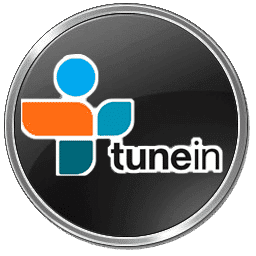 TuneIn |
 IHeart Radio |  Mixcloud |  PlayerFM |  Amazon |
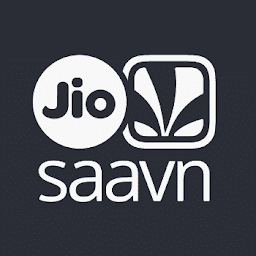 Jiosaavn |  Gaana | Vurbl | 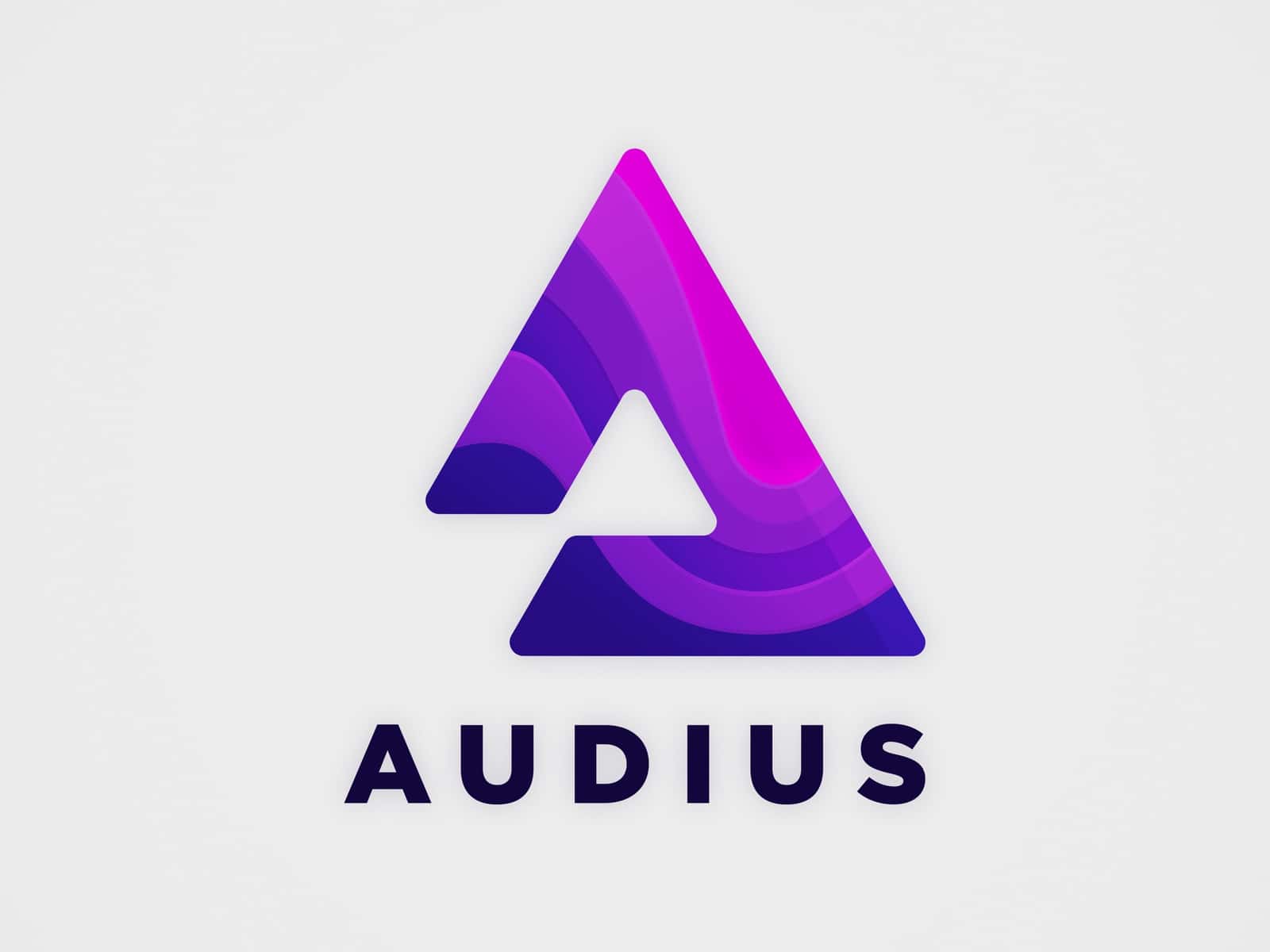 Audius |
Reason.Fm | |||
Find our Podcasts on these outlets
Buy Us a Cup of Coffee!
Join the movement in supporting Making a Scene, the premier independent resource for both emerging musicians and the dedicated fans who champion them.
We showcase this vibrant community that celebrates the raw talent and creative spirit driving the music industry forward. From insightful articles and in-depth interviews to exclusive content and insider tips, Making a Scene empowers artists to thrive and fans to discover their next favorite sound.
Together, let’s amplify the voices of independent musicians and forge unforgettable connections through the power of music
Make a one-time donation
Make a monthly donation
Make a yearly donation
Buy us a cup of Coffee!
Or enter a custom amount
Your contribution is appreciated.
Your contribution is appreciated.
Your contribution is appreciated.
DonateDonate monthlyDonate yearlyYou can donate directly through Paypal!
Subscribe to Our Newsletter
Order the New Book From Making a Scene
Breaking Chains – Navigating the Decentralized Music Industry
Breaking Chains is a groundbreaking guide for independent musicians ready to take control of their careers in the rapidly evolving world of decentralized music. From blockchain-powered royalties to NFTs, DAOs, and smart contracts, this book breaks down complex Web3 concepts into practical strategies that help artists earn more, connect directly with fans, and retain creative freedom. With real-world examples, platform recommendations, and step-by-step guidance, it empowers musicians to bypass traditional gatekeepers and build sustainable careers on their own terms.
More than just a tech manual, Breaking Chains explores the bigger picture—how decentralization can rebuild the music industry’s middle class, strengthen local economies, and transform fans into stakeholders in an artist’s journey. Whether you’re an emerging musician, a veteran indie artist, or a curious fan of the next music revolution, this book is your roadmap to the future of fair, transparent, and community-driven music.
Get your Limited Edition Signed and Numbered (Only 50 copies Available) Free Shipping Included
Discover more from Making A Scene!
Subscribe to get the latest posts sent to your email.
